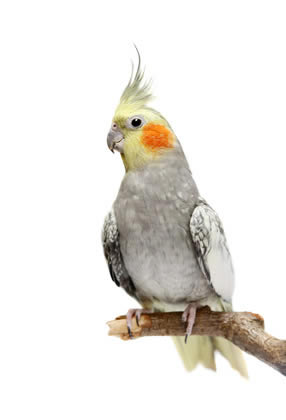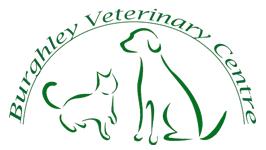Birds
Types
Parakeet / Budgerigar
These are friendly birds which are relatively easy to tame and look after. Budgies grow up to 10 inches long and come in a variety of colours. They can live for up to 10 years and are an excellent choice for a ‘first bird’ pet.
Canary
The male canary is a very popular choice of pet as it has a beautiful song. Canaries are small birds (up to 7 inches long) and can live for up to 9 years. They are normally, predominantly yellow.
Cockatiel
 The cockatiel is a very friendly and intelligent and popular bird. They need a lot of companionship and can suffer from boredom if they are not paid enough attention. Cockatiels can grow up to 14 inches long and can live for up to 25 years.
The cockatiel is a very friendly and intelligent and popular bird. They need a lot of companionship and can suffer from boredom if they are not paid enough attention. Cockatiels can grow up to 14 inches long and can live for up to 25 years.
Macaws
Macaws are incredibly beautiful and intelligent birds who easily learn to mimic speech. They require a lifelong and intense commitment from the owner and can be temperamental and aggressive – potential owners should think long and hard before committing to purchase these birds.
Macaws can grow to 40 inches long and can live for up to 50 years.
Cage
Select a cage that provides room to fly for exercise. The cage should be as large as your space and budget allows and wider than it is tall.
If your bird type enjoys walking around the cage (e.g. a Parakeet or a Cockatiel) choose horizontal bars to enable the bird to exercise. If your bird likes to fly from perch to perch (e.g. Canary) pick a cage with vertical bars.
Special requirements
Have a number of differently sized perches hung at different heights. This allows the bird to exercise their feet. Macaws like perches made of natural twigs and branches but you should be aware that some wood can be poisonous. Get advice before introducing natural perches of your own.
Placement of the cage in front of a window can result in wide fluctuations in temperature, and should be avoided. Birds benefit most from being placed high up in a room which is used often.
The cage should be cleaned frequently to provide a healthy environment for you and your pet.
Feeding
It is important to provide your bird with a balanced diet. The easiest way of ensuring that your bird gets a correct balance of nutrition is to purchase ready-mixed feed from a good pet shop. Some birds will eat fruit, such as apples and oranges – this helps introduce some variety into their diet.
Ensure that a supply of clean water is always available. This water supply should be replaced daily to ensure that it remains fresh.
Cuttlefish provide a source of calcium which is an important part of a bird’s diet.
Companionship
Depending on both the owner and the bird, you may develop a bond which allows you to handle and let the bird out of its cage for a period of time. In this case, ensure that the bird has a safe environment before release (e.g. no open windows, predators, fires etc.)
Toys
All caged birds enjoy toys. Many pet shops cater to pet birds, and offer a wide variety of safe toys. The bird will eventually destroy the toy but that is part of the fun. Select toys that do not have small pieces that can be swallowed or sharp edges. Avoid anything that can become caught on the leg band.
Bathing
Birds are incredibly clean creatures and need an occasional shower or bath to have healthy feathers. Offer a shallow (about an inch) dish of water several times a week for them to bathe in. Alternatively, spray the bird with cool water to improve the condition of the feathers.
Health Problems
Getting used to your bird – pay attention to its normal appearance and behaviour – will help you spot potential problems (changes) at an early stage. A dull and lifeless bird, who has ruffled feathers and often stays in one position for a long period of time is often a sick bird.
Watch out for the following indicators:
- A change in appearance or behaviour
- Sneezing
- Irregular breathing
- The bird plucking it’s own feathers out
- Looser droppings
- Loss of appetite
- Watering eyes
- Sitting on the bottom of the cage
Consult a vet if these symptoms should appear. Periodic visits to the vet for beak trimming or wing clipping will provide an opportunity for a visual health check.


